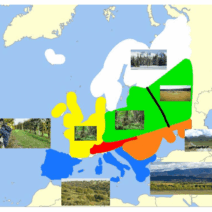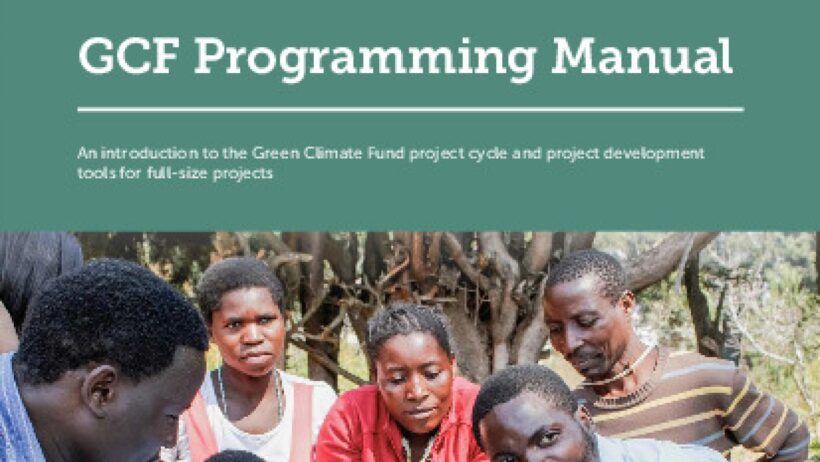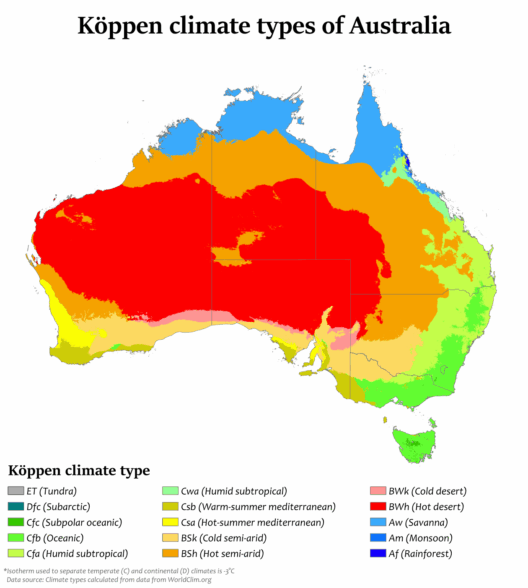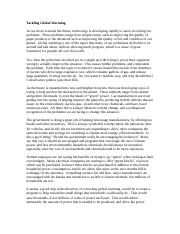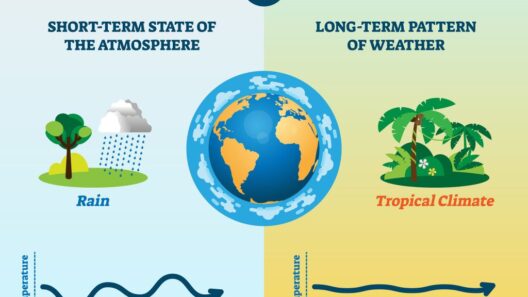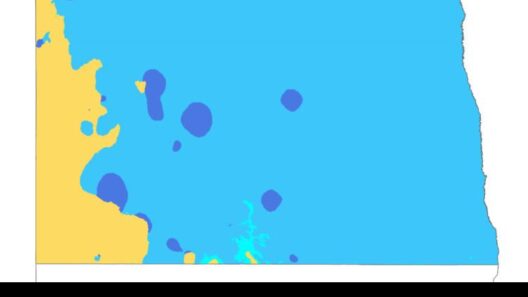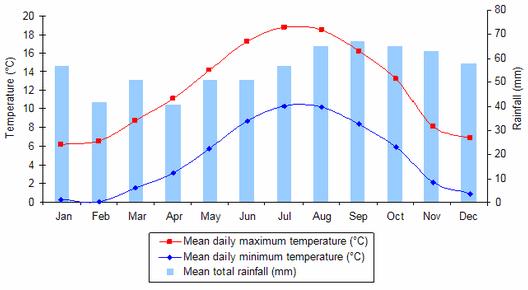The Green Climate Fund (GCF) is much like a collective vessel sailing through turbulent waters, navigating the churning seas of climate change with an unwavering commitment to secure a sustainable future. Established in 2010 under the United Nations Framework Convention on Climate Change (UNFCCC), the GCF serves as the principal global funding mechanism aimed at assisting developing countries in their climate mitigation and adaptation efforts. This financial lifeline is intended to bankroll initiatives that transcend environmental concerns, simultaneously elevating economic development and fortifying communities against the grievous impacts of climate change.
At its core, the Green Climate Fund epitomizes a transformative approach to addressing global environmental challenges. It fosters a harmonious interaction among a multitude of stakeholders—including governments, private enterprises, and civil society—functioning as a nexus of collaboration and resource allocation. The GCF’s strategic objective is to mobilize substantial financial resources to assist developing nations in transitioning to low-emission and climate-resilient pathways. Just as roots stabilize a tree, ensuring its sustenance and growth, the funding provided by the GCF strives to secure environmental and social benefits that nurture human flourishing.
Critical to understanding the GCF function is its dual focus: mitigation and adaptation. Mitigation pertains to endeavors aimed at curtailing greenhouse gas emissions, while adaptation revolves around enhancing resilience to climate-related impacts. This bifocal approach enables the Fund to support a wide variety of projects, from renewable energy installations and sustainable agriculture to ecosystem conservation and disaster risk reduction strategies. It acts as a bridge, connecting funds to innovative solutions that can catalyze a shift toward a sustainable paradigm, thereby heralding a new era of ecological consciousness.
The GCF’s financing model is both multifaceted and innovative. It primarily operates through a system of grants, loans, and guarantees, providing diverse funding options tailored to the specific needs and contexts of recipient countries. A hallmark of this model is its facilitation of “co-financing,” wherein additional financial institutions and private investors can layer funding alongside GCF contributions. This collective financing structure amplifies the impact of investments and fosters greater ownership and commitment from beneficiary nations. In some instances, the GCF may act as a catalyst, unlocking further investments and generating significant leverage—like a pebble thrown into a still pond, creating ripples that expand outward, influencing various dimensions of sustainable development.
The environmental challenges faced by developing countries are often compounded by socioeconomic disparities. The GCF recognizes this intricate relationship, understanding that vulnerability is often endemic to poverty. Therefore, the GCF strives to incorporate principles of equity and social justice into its funding distributions. By prioritizing funding for marginalized and vulnerable communities, the GCF aims to level the playing field, ensuring that those who contribute the least to climate change are not disproportionately affected. This pursuit of equity resonates with the notion that a sustainable future is not simply about environmental restoration; it also entails the restoration of dignity and agency for individuals and communities alike.
To ensure effective implementation, the GCF employs a rigorous project selection process. Potential projects must undergo comprehensive evaluations, assessing their feasibility, scalability, and potential environmental impacts. In essence, the GCF functions as a meticulous curator, selecting only those projects that possess a verifiable promise of delivering tangible benefits. This commitment to due diligence ensures that funding is allocated efficiently, increasing the likelihood of successful outcomes that contribute meaningfully to climate action.
One of the defining features of the Green Climate Fund is its emphasis on building capacity within recipient countries. The GCF not only provides financial support but also enhances the technical and institutional capabilities necessary to implement climate initiatives effectively. This dual focus on funding and capacity-building cultivates a robust ecosystem of knowledge sharing and innovation. It is akin to planting seeds of wisdom that, when nurtured, can grow into a forest of sustainability practices, offering shade and solace for generations to come.
Furthermore, the GCF thrives on transparency and accountability, fundamental tenets that underpin its operational ethos. Embracing the spirit of collective responsibility, the GCF fosters open communication and active stakeholder engagement. This commitment to transparency acts as a beacon of trust, ensuring that funds are utilized judiciously and that communities are informed about ongoing projects and their potential impacts. In a sense, transparency serves as the sunlight essential for growth, illuminating the path toward climactic justice.
In recent years, the Green Climate Fund has made significant strides, advancing numerous projects across continents—from renewable energy initiatives in Ethiopia to sustainable transport systems in Colombia. Each endeavor reflects the GCF’s guiding principle: that financing a sustainable future requires ingenuity coupled with commitment, traversing myriad paths toward common goals. Although challenges persist, the GCF stands as a testament to the power of international cooperation in addressing the quintessential crisis of our era.
In conclusion, the Green Climate Fund embodies a pivotal response to the climate crisis, uniting nations through shared aspirations for a more sustainable tomorrow. By providing financial resources, promoting equity, building capacity, and ensuring accountability, the GCF not only charts a course through the stormy seas of climate change but also kindles hope for a resilient and equitable future. As we navigate these challenges together, the GCF serves as a clarion call, urging us to reimagine possible solutions—transforming not just our landscapes but our very relationships with one another and the planet.
